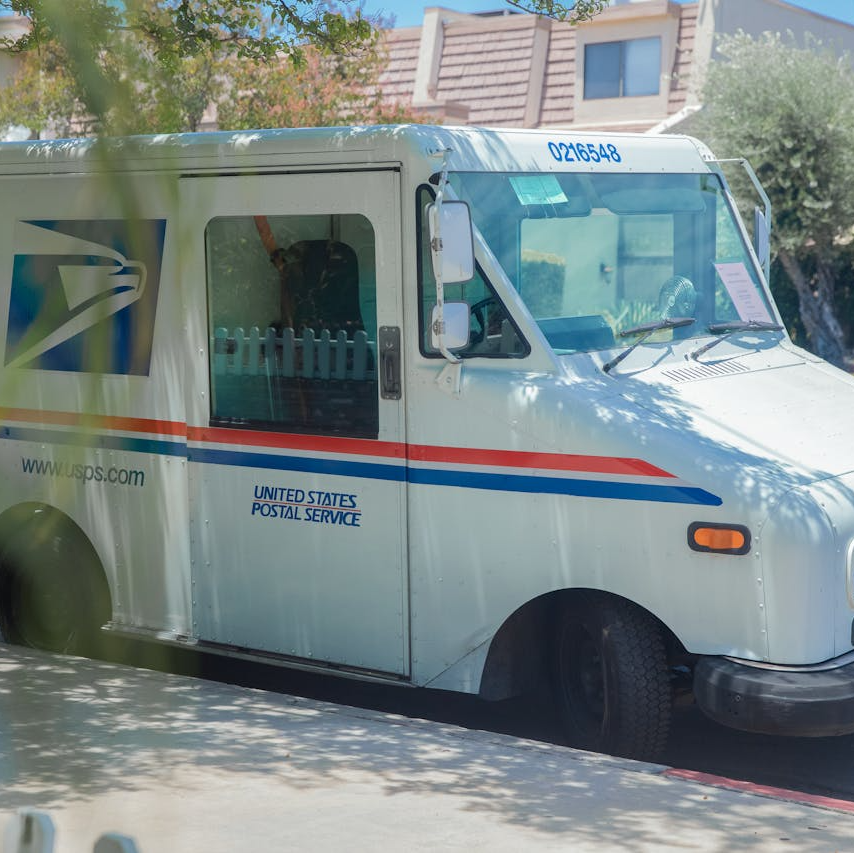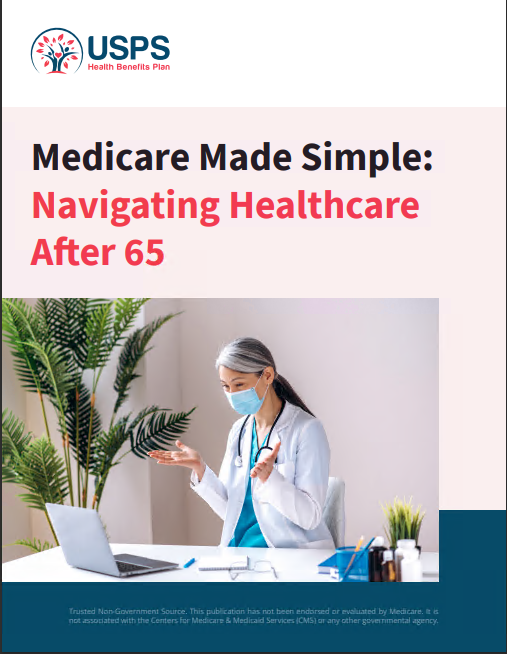Key Takeaways
-
Understanding your Postal Service Health Benefits (PSHB) plan costs is essential for managing healthcare expenses effectively in 2025.
-
Government contributions help reduce the financial burden, but out-of-pocket costs, including premiums, deductibles, and copayments, vary depending on the plan.
Breaking Down PSHB Costs: What You’re Paying For
The Postal Service Health Benefits (PSHB) program has officially replaced the Federal Employees Health Benefits (FEHB) program for postal workers and retirees. If you’re enrolled in PSHB, understanding how costs are structured will help you manage your healthcare expenses more effectively. From monthly premiums to out-of-pocket costs, knowing what to expect can save you from financial surprises.
Government Contributions: How Much Does the USPS Cover?
One of the biggest advantages of the PSHB program is that the government covers a portion of your healthcare costs. In 2025, government contributions amount to approximately 70% of the total premium cost. This means your out-of-pocket premium expenses will generally be around 30% of the total. While this percentage remains stable, the actual dollar amount depends on the specific plan you choose.
However, it’s crucial to remember that government contributions apply only to the base plan premiums. If you opt for additional coverage, such as enhanced prescription drug benefits or extended network access, you’ll likely be responsible for those added costs.
Understanding Monthly Premiums
Premiums are the fixed costs you pay each month to maintain health insurance coverage. While the government covers a portion of your premium, you’re responsible for the remaining balance. In 2025, these amounts vary depending on whether you select Self Only, Self Plus One, or Self and Family coverage.
Keep in mind that premium rates can change annually, so reviewing your options during Open Season is essential. If your premium costs feel too high, you may want to consider switching to a different plan with lower rates, but this may also impact other out-of-pocket expenses like deductibles and copays.
Deductibles: The Upfront Cost Before Coverage Kicks In
A deductible is the amount you must pay out-of-pocket before your health plan begins covering certain expenses. Under PSHB, deductibles vary significantly based on your plan choice:
-
Low-deductible plans: Typically range from $350 to $500 for an individual and $1,500 to $2,000 for families.
-
High-deductible plans: Usually start around $1,500 for individuals and $3,000 for families.
If you frequently visit doctors or require regular medical services, choosing a plan with a lower deductible might save you money in the long run. On the other hand, if you’re relatively healthy and don’t anticipate many medical expenses, a high-deductible plan could be more cost-effective due to its lower monthly premiums.
Copayments and Coinsurance: Out-of-Pocket Costs to Consider
After meeting your deductible, you’ll still have out-of-pocket costs in the form of copayments and coinsurance:
-
Copayments (Copays): A fixed amount you pay per visit, typically $20-$40 for primary care, $30-$60 for specialists, and $100-$150 for emergency room visits.
-
Coinsurance: A percentage of the total cost of a service. If your plan has 20% coinsurance, you’ll pay 20% of the total bill while your insurance covers the remaining 80%.
Some PSHB plans offer reduced copayments and coinsurance if you’re also enrolled in Medicare Part B, so consider how your coverage choices interact.
Out-of-Pocket Maximums: Your Financial Safety Net
The out-of-pocket maximum is the most you’ll pay in a year before your plan covers 100% of covered expenses. For 2025, PSHB plans cap these amounts at:
-
$7,500 for Self Only coverage.
-
$15,000 for Self Plus One and Self and Family coverage.
Once you reach these limits, your plan covers all remaining costs for in-network services for the rest of the year. However, out-of-network services may have separate limits, so be sure to review your plan’s details.
Prescription Drug Costs Under PSHB
PSHB plans include prescription drug coverage, but the cost you pay varies based on your drug tier and pharmacy network. A new feature in 2025 is the $2,000 cap on out-of-pocket prescription drug costs, meaning once you hit this limit, you won’t have to pay anything more for covered prescriptions for the remainder of the year.
If you’re eligible for Medicare Part D, PSHB prescription drug benefits are typically provided through an Employer Group Waiver Plan (EGWP), which may offer additional savings.
Specialty Care and Additional Coverage
Some PSHB plans include benefits like:
-
Dental and vision coverage (not always included, so check your plan options).
-
Hearing aids and exams at a reduced cost.
-
Chronic condition management programs for those with ongoing health needs.
-
Telehealth services, allowing virtual doctor visits at reduced rates.
Understanding whether these extras are included in your plan can help you determine the true value of your coverage beyond just premiums and deductibles.
What Happens If You Don’t Enroll in PSHB?
If you’re an eligible postal employee or retiree, you must enroll in a PSHB plan to maintain health coverage. If you choose not to enroll, you may lose access to health benefits unless you have coverage through a spouse’s federal plan or another eligible source.
For Medicare-eligible retirees, failing to enroll in Medicare Part B when required could result in penalties and higher out-of-pocket costs for PSHB coverage.
Open Season: Your Annual Opportunity to Adjust Coverage
Each year, PSHB participants can make changes to their coverage during Open Season, which runs from November 11 to December 13, 2025. This is your chance to:
-
Switch plans if costs or benefits have changed.
-
Add or remove dependents from coverage.
-
Adjust your plan to better match your healthcare needs.
Outside of Open Season, you can only make changes if you experience a Qualifying Life Event (QLE) such as marriage, divorce, birth of a child, or loss of other coverage.
Making Sense of PSHB Costs: What’s Best for You?
When choosing a PSHB plan, consider your health needs, budget, and expected medical expenses for the year. Look beyond just the monthly premium and evaluate:
-
Deductibles and how much you’re willing to pay before coverage starts.
-
Copayments and coinsurance for doctor visits and prescriptions.
-
Out-of-pocket maximums, ensuring financial protection against major medical costs.
Taking the time to compare plans during Open Season can help you get the best coverage for your situation.
Need Help Choosing a Plan? Talk to an Expert
If you’re unsure which PSHB plan is right for you, speaking with a licensed agent listed on this website can provide clarity. They can walk you through your options, explain cost differences, and help you enroll in a plan that fits your needs.











